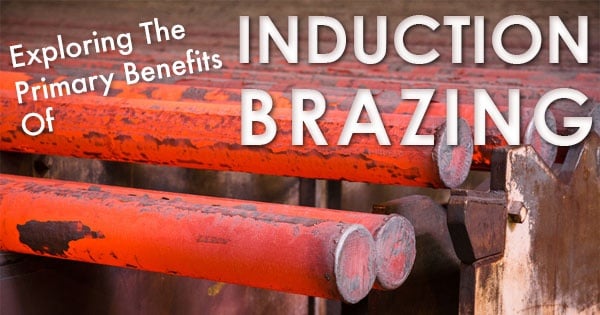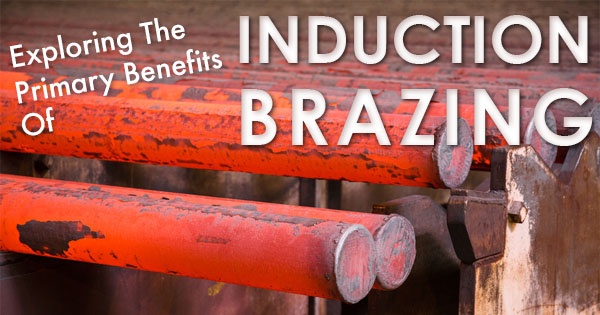Curing Material on an Aluminum Mandrel
Objective Heat a customer supplied aluminum cylinder to 80-120°C for a material curing application. More application notes
Processes
Processes: More
Processes: More

Industries:
Industries: More
Industries: More
Industries: More

Products:
Products: More
Services:
Services: More

Learn:
Learn: More
About:

1 min read
Brett Daly
12/8/17 5:47 AM


It's no secret that induction heating processes such as Induction brazing offer many benefits when compared to other heating options. However, understanding the specific advantages that come with induction brazing can help companies get the most out of their induction heating equipment. Here are just a few benefits of induction brazing:
Finally, induction brazing is advantageous in the sense that it is a very formulaic and repeatable process. There's little to no guesswork involved because the main variables -- alloy, fixturing, temperature, and part positioning -- are entirely controllable. Furthermore, the induction power supply can be utilized to monitor and control any given cycle time. Plus, visual temperature sensors and pyrometers can help with temperature control.
Ultimately, the basic principles of induction heating have been applied to manufacturing since the 1920s. Understanding these benefits can help you make the best decisions for your industrial heating application needs. For more information about what is induction heating or what industries need brazing machinery, contact Ambrell Corporation.

Objective Heat a customer supplied aluminum cylinder to 80-120°C for a material curing application. More application notes

In today’s manufacturing landscape, efficiency, precision, and sustainability are critical. Induction heating—a process that uses electromagnetic...

When it comes to many manufacturing processes, including this forging application, precision and efficiency are critical. Traditional heating methods...